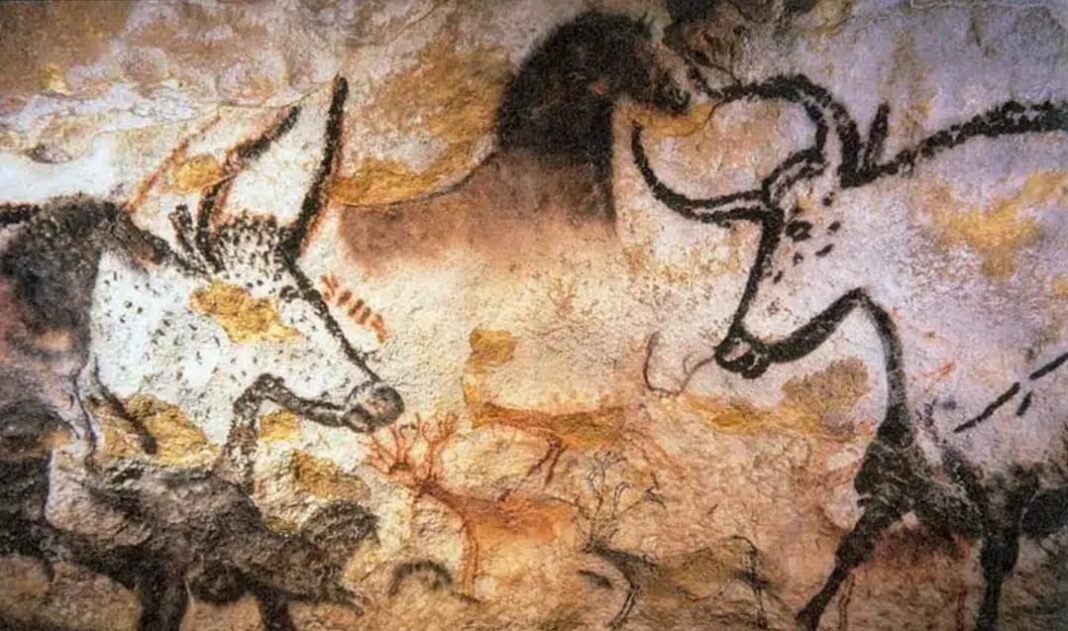The Amateur archaeologist Ben Bacon has recently unravelled the meaning behind the oldest stone age writing system that hunter-gathers have made to keep the information used about their prey.
An Amateur archaeologist Ben Bacon has recently solved the mysterious history of Dots, lines, and Y-shaped markings on 20,000-year-old wall paintings of animals made by hunter-gatherers. The archaeologists knew these writings must mean something.
Ben Bacon, an amateur archaeologist from London, was faced with the same question and became fascinated by the images made by the ancestors during the Weichselien period, in the last Ice Age. He studied the hundreds of pictures of cattle and fish drawn thousands of years ago in caves in Lascaux (France) and Altamira (Spain), among others, hoping to discover a pattern.
Ben Bacon eventually came up with the idea of looking at the markings according to the lunar calendar and the birth cycles of similar contemporary animals. It led to a remarkable discovery: the signs seemed related to the mating time of the depicted animals. According to Bacon, the Y-sign that can be seen on some drawings was a way of indicating birth: two lines indeed come together in one line.
He approached academics with his theory and decided to work with a team of researchers from two universities. The researchers published their findings in January 2023 in the prestigious Cambridge Archaeological Journal.
Bacon was right with his theory. The team demonstrated a statistically significant correlation between the number of signs, the position of the Y-sign, and the months the animals mate and give birth.
Reportedly, Mr Bacon and the professors from Durham University and University College London have determined that the so-called “proto-writing” system found in over 600 Ice Age images across Europe pre-dates others that were believed to have surfaced during the Near Eastern Neolithic by at least 10,000 years.
The marks, which appear as a sequence of dots, shapes and other markings, have unveiled a record of information and references to a calendar instead of recorded speech.



